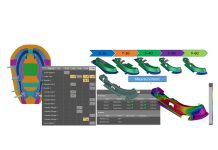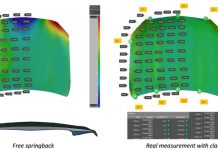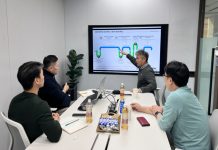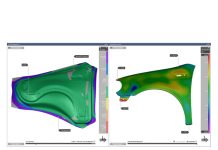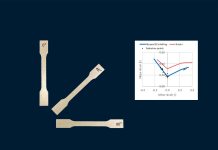Sheet metal forming – cold stamping, warm forming, press hardening, hydroforming, assembly, etc. – is the most dominant manufacturing process in the automotive industry, not to mention the white goods/appliances and aerospace sectors. Lightweighting needs, stricter vehicle safety standards, and increasing product sophistication (complexity) have pushed the envelope in the development and application of new material grades, along with novel production processes. In-house research and development at the OEMs, as well as at their top-tier suppliers, is focused on selective technologies and applications, which is generally off limits to the public as they seek to closely guard their IP. There is, however, crucial and leading-edge research underway at universities that is generally more accessible to the public, and which offers a preview of advancements waiting in the wings.
AutoForm Engineering has long partnered with leading universities and research institutions around the world, contributing to and participating in sheet metal research projects, as well as facilitating the education of the next generation of “sheet metal practitioners.” These collaborations have brought good benefit all around – to our educational and research partners, to students, and not least of all to ourselves and therefore to our customers!
In North America, AutoForm Engineering USA has been working with the Department of Mechanical and Mechatronics Engineering at the University of Waterloo, Mechanical & Aerospace Engineering at The Ohio State University, Industrial & Systems Engineering at Wayne State University, Mechanical Engineering at Oakland University, and Mechanical & Industrial Engineering at the University of Toronto. While the focus of our collaboration has been different at each institution, the application of AutoForm technology toward sheet metal-related education and training of undergraduate and graduate students is a common baseline.
We have had a long, fruitful, and growing collaboration with the University of Waterloo, starting back in 2016. AutoForm has been applied to a number of industry-sponsored, applied research projects, with HDMA (Honda Development & Manufacturing America), Magna, Novelis, Arconic, ArcelorMittal, and Bowman Precision Tooling among the list of sponsors for different projects. In the words of Prof. Cliff Butcher, Principal Investigator on many of these, “AutoForm was essential for technology transfer (of the project findings) and used by the industry sponsors. Our students were using AutoForm to compile material cards for sponsors to use the project characterization data in public projects on hot forming of aluminum and hot stamping of press hardening steels.”
Beyond technology transfers and material card publications, AutoForm was also used to develop the tooling and process, and to validate these against physical trials, on technology demonstrator applications. The picture below shows a prototype hot-stamped TWB front rail concept developed, fabricated, and impact-tested for crash applications in a project sponsored by HDMA, Cosma International (Magna), and ArcelorMittal.
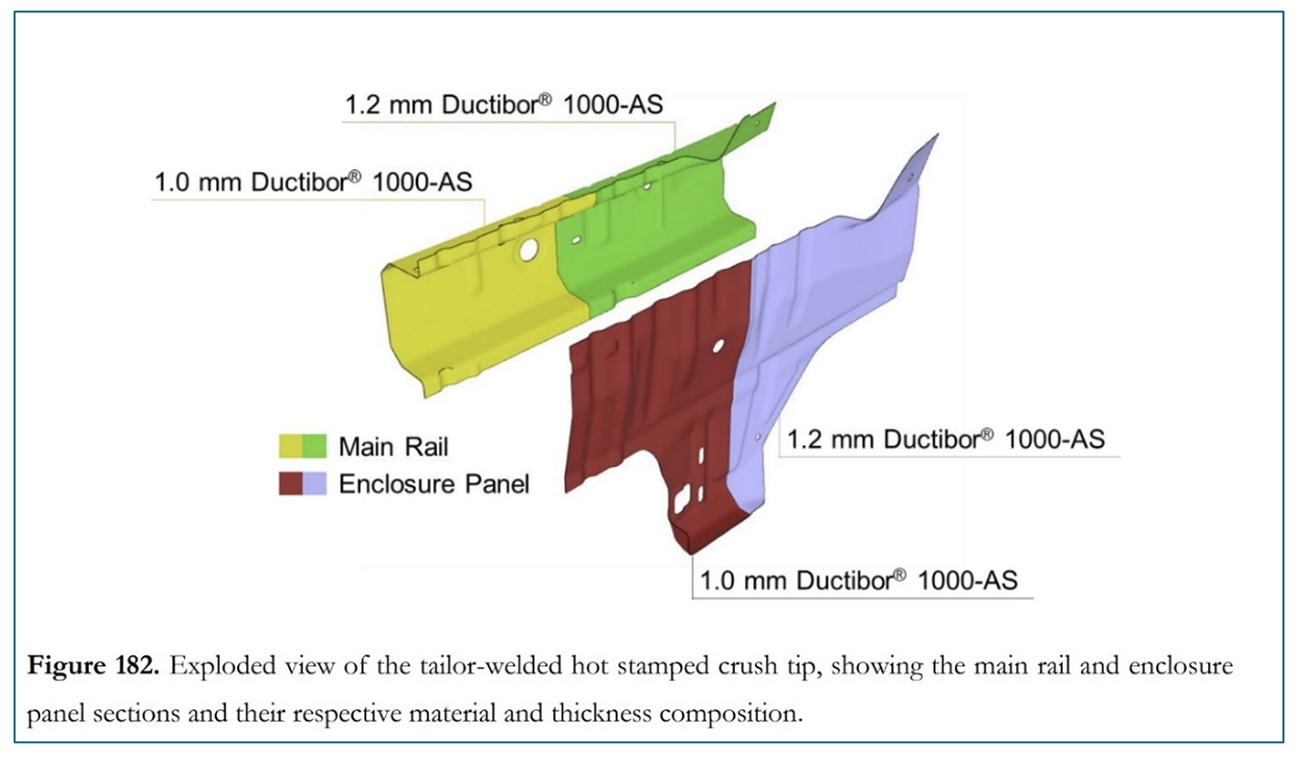
Figure 1: TWB front rail concept [1]
Details of this project are part of a Master’s Thesis published in 2019 [1].
Another interesting project that AutoForm was applied to explored the application of a lightweight magnesium alloy (ZEK 100) for the forming of a complex automotive panel. Given the limited formability of these alloys, forming was carried out at elevated temperatures (warm forming). AutoForm was used to design and optimize the process, and the physical panel outcomes correlated favorably with simulation predictions.
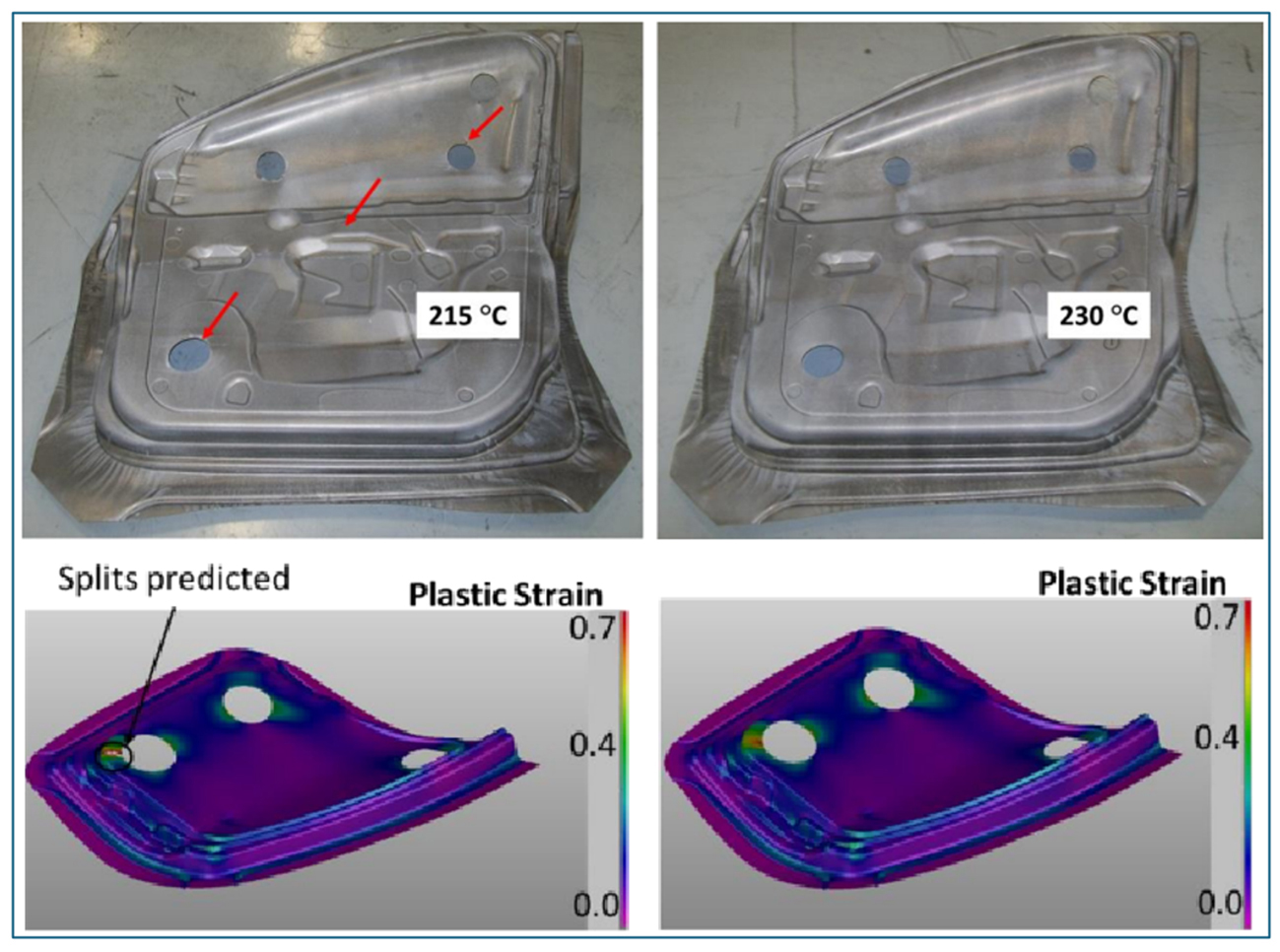
Figure 2: Physical panels and simulation predictions [2]
More recently, we have had the opportunity to work directly on some of these projects rather than simply observe from the outside. One such project was the application of third-generation AHSS for a B-pillar, as a conversion from a press-hardened to a cold-stamped product. This work was sponsored by the AISI Automotive Program, HDMA, and Bowman Precision Tooling. Details on the materials, their characterization, tool design and optimization (using AutoForm), tryout, and correlation are reported on by Ed Guitierrez [3]. With permission from the project sponsors and University of Waterloo, AutoForm took the opportunity to address some correlation concerns – splits and springback – that were reported. This required the use of advanced friction (TriboForm) and calibration of our Kinematic Hardening model. We reported on the improved outcomes at the Great Designs in Steel Seminar 2022 [4].
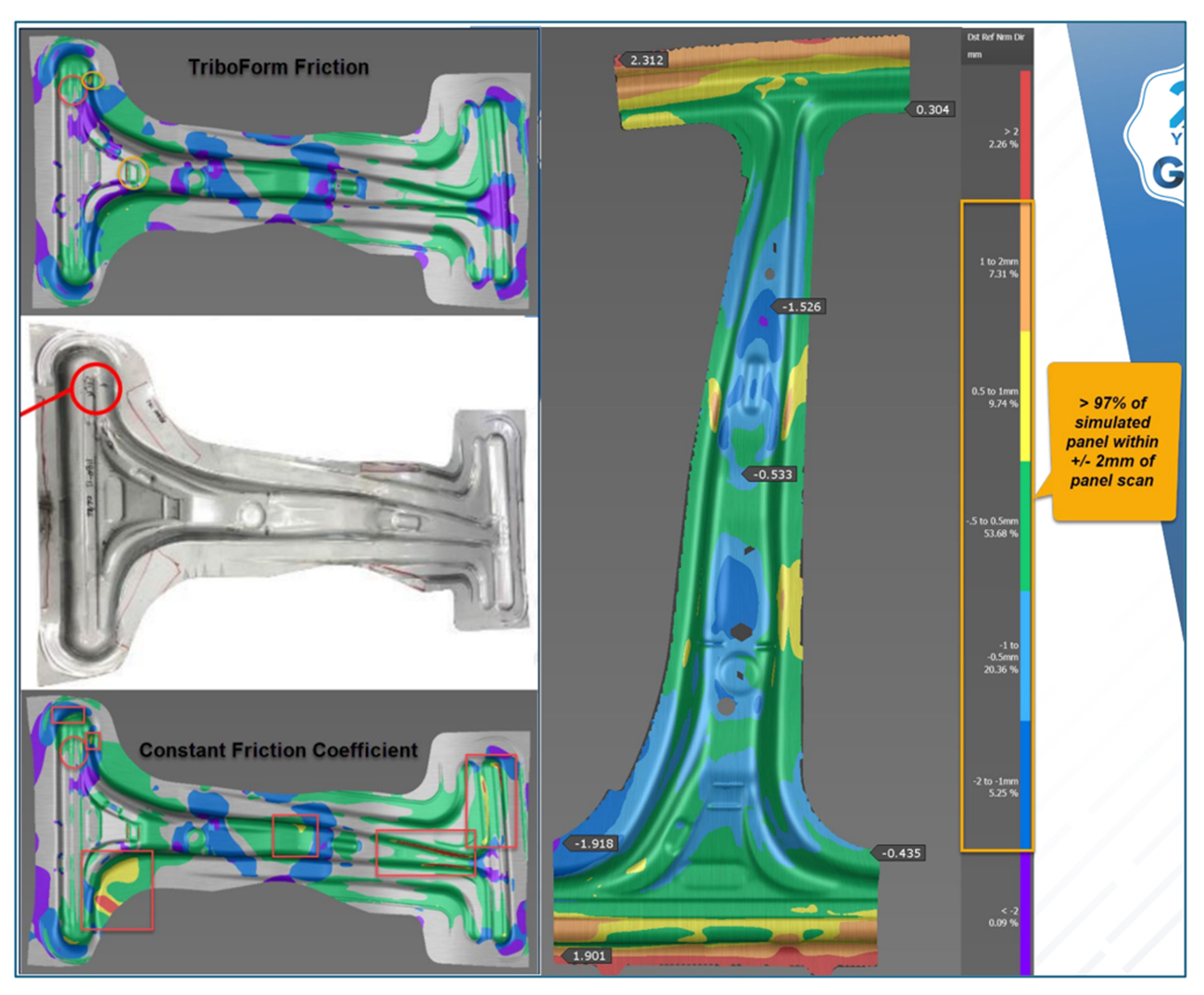
Figure 3: Third Generation B-Pillar technology demonstrator: improved correlation with the use of TriboForm and Kinematic Hardening [4]
As you can see from these few examples, projects taken on by the University of Waterloo run the gamut of advanced materials and advanced manufacturing processes relevant to the automotive industry; the work typically involves detailed material characterization, process development, prototype builds, and validation for specific applications. The expertise and reputation of the Waterloo team, developed over years of research, is therefore not surprising. AutoForm has had the privilege of relying on this expertise, time and again, for explanations, answers, and background on difficult material and process issues – issues that arise from our customers’ needs.
We are now closely engaged with the University of Waterloo on another project: characterization and modeling of advanced aluminum alloys, aimed at establishing best practices for springback prediction. The very interesting work of characterizing the behavior of these materials – supplied by Novelis, one of the project sponsors – is well underway, and we look forward to reporting on significant outcomes as they develop.
In 2015, we were asked by Prof. Kornel Farkas of the University of Toronto to deliver the hands-on software training component of the “Metal Forming Simulation” graduate-level course. This course is part of the curriculum of an industry-sponsored and automotive-focused Master of Engineering (MEng) program developed and administered by the University. The AutoForm training component for this class was designed as a prerequisite to its theoretical component, taught by Prof. Mike Worswick at the University of Waterloo. Students in this course had to use AutoForm extensively for in-class activities, assignments, and major project work. We have since participated in this program three times and look forward to doing so again in 2025.
At Oakland University, where we have collaborated with Prof. Sergey Golavashenko since 2015, education and training of engineers in sheet metal forming has been an important focus for AutoForm. AutoForm usage was integrated into the curriculum of the CLIC-FORM program and was utilized for class work and projects. Prof. Golavashenko estimates that about thirty engineers have graduated through this program (until 2020) and have all joined the automotive industry workforce. AutoForm has also been applied to ongoing research work related to fracture/failure modeling and prediction.
AutoForm’s introduction to Professor Jami Shah happened rather recently, at the NADDRG Spring 2023 Symposium. However, his research team at The Ohio State University had an immediate need for simulation technology and proved to be quick learners. They ramped up on the usage of AutoForm Forming to the level required to apply it effectively in a structural and formability optimization project sponsored by HDMA and the Honda Research Institute. Along the way, they conducted a detailed analysis of the capabilities and functionality of various software packages before deciding to go with AutoForm. Their presentation of this research at the ASME 2024 Meeting in Washington, D.C., this past August, won one of the top spots for “best paper” [5]. They have also been exploring the application of AutoForm Assembly for one of their projects.
We met Prof. Qingyu Yang of Wayne State University at the NADDRG Fall 2022 Symposium in Columbus, OH, where a Ph.D. student of his presented on the application of ML (Machine Learning)/AI (Artificial Intelligence) to the optimization of drawbead forces. Given Professor Yang’s research interest in stamping-related ML applications and material modeling, and to support his stamping-related teaching curriculum, we began working with his team at Wayne State. Professor Yang has also recently posted an interesting write-up on his research on microstructure modeling using stochastics and AI on formingworld.com.
Our collaboration with university research teams continues to bring us many benefits, not the least of which is our finger on the pulse of advances of near- and long-term value to our customers in the stamping industry. Our membership and participation in the NADDRG (North American Deep Draw Research Group) has helped to widen our horizons even further: the biannual NADDRG meetings bring together sheet metal practitioners not only from North American academia but also from industry, independent research labs, and international institutions for off-the-record presentations and discussions on topics of current concern. These meetings are a great opportunity not only to deepen our understanding of these topics but also to share and discuss the top concerns of our customers.
We look forward to continuing and strengthening these outreach efforts, leveraging their benefits to provide even better support for our customers.
—————————————————————————————————————————–
[1] Development of a Tailor-Welded Hot Stamped Side Frame Member – Matthew Tummers, M.A.Sc. Thesis, University of Waterloo, 2019
[2] Kaab Omer et al 2019 IOP Conf. Ser.: Mater. Sci. Eng. 651 012035
[3] Gutierrez, J.E., Noder, J., Parker, N., Bowman, J. et al., “Formability Characterization of 3rd Generation Advanced High-Strength Steel and Application to Forming a B-Pillar,” SAE Technical Paper 2021-01-0267, 2021, doi:10.4271/2021-01-0267
[4] Kidambi Kannan, “Characterization of 3rd Gen AHSS towards reliable forming and Springback”, Great Designs in Steel 2022
[5] I. Alawadhi, et al Structural design versus manufacturability costs of complex stamped components, Proceedings of the ASME 2024 International Design Engineering Technical Conferences and Computers and Information in Engineering Conference IDETC/CIE2024 2024 DETC2024-144084




